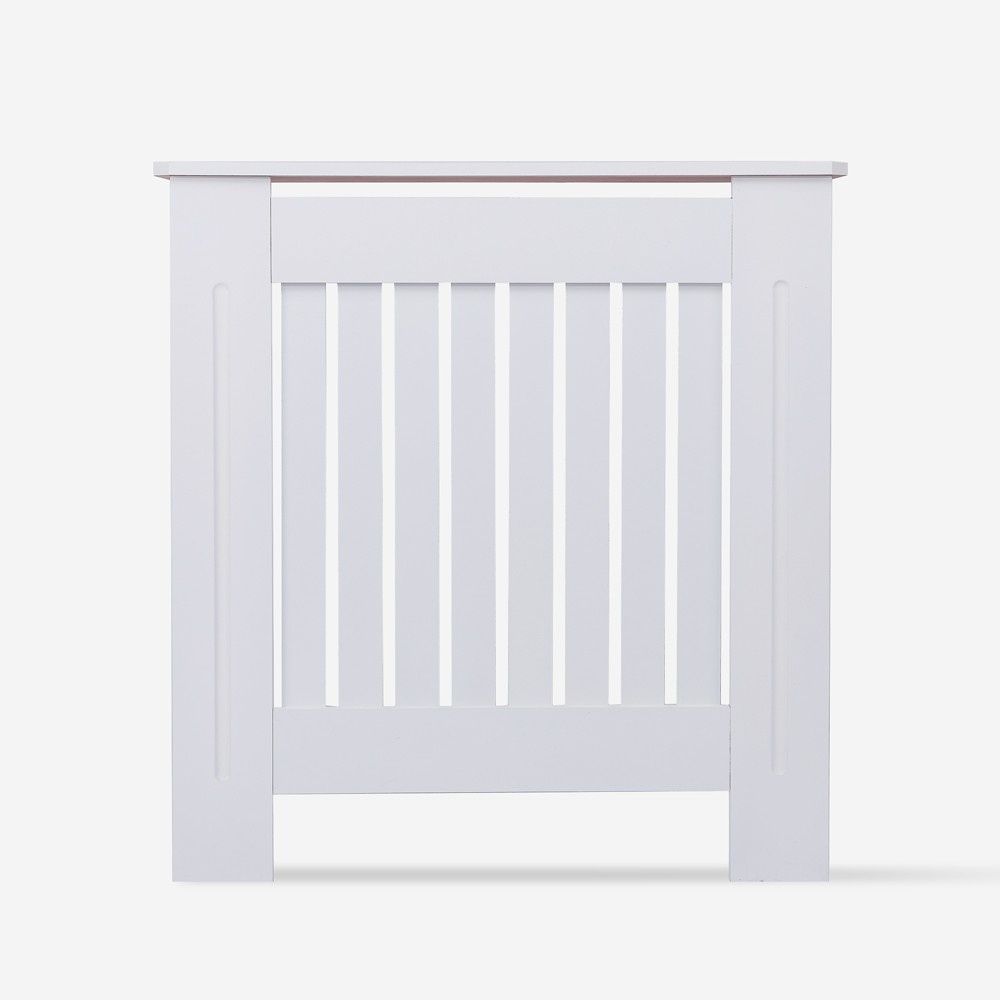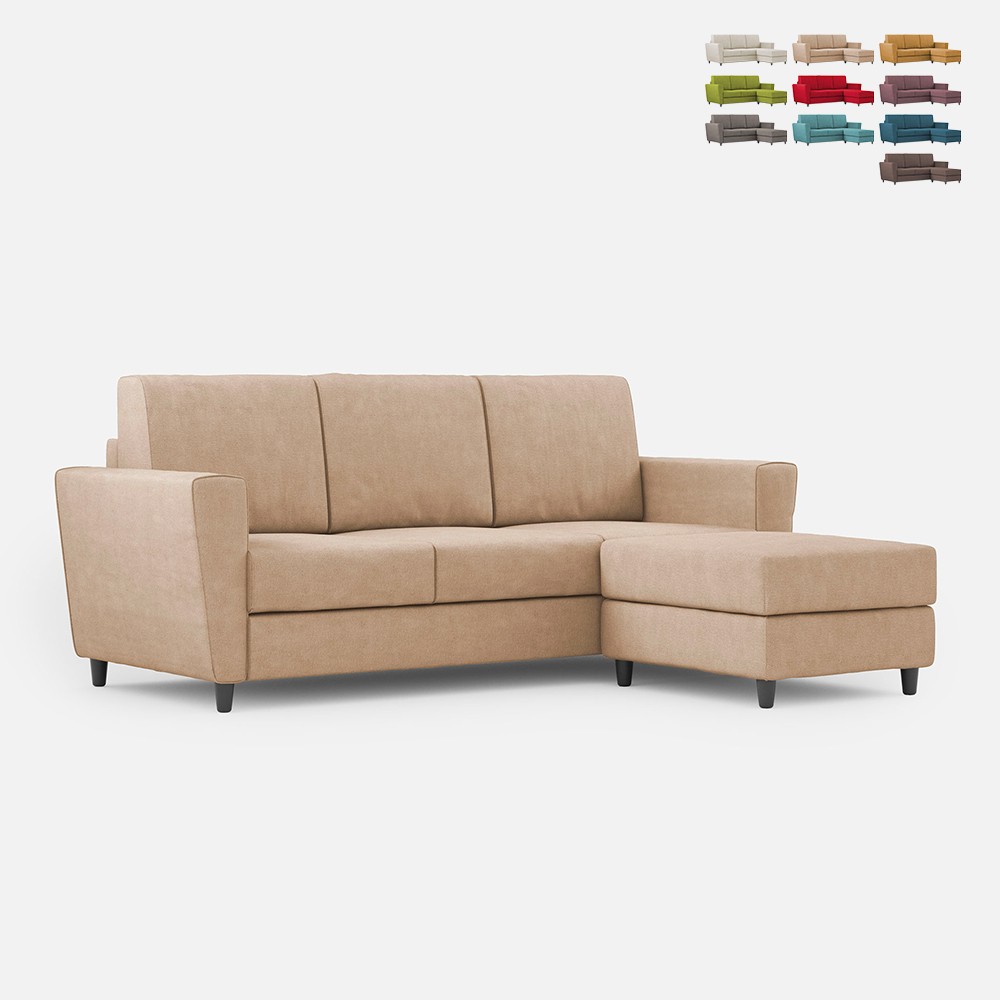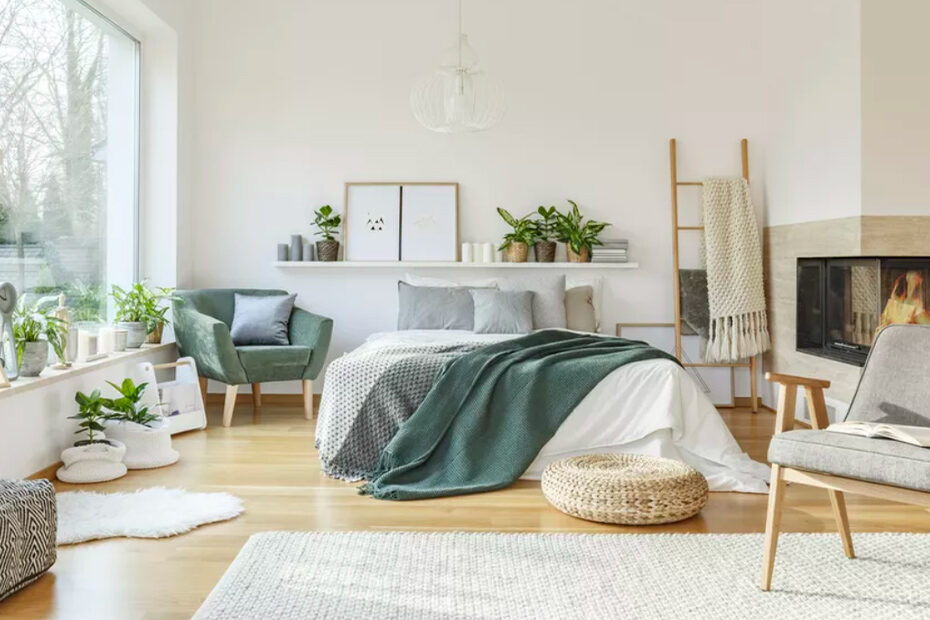Furnishing your home according to a harmonious and codified principle can bring great benefits. Let’s discover this ancient philosophy, which still gives a lot even in the field of modern furnishing.
Feng Shui is an ancient oriental philosophy whose origins are lost in China and Tibet more than 3000 years ago; how come it still generates so much curiosity today? Let’s find out with ProduceShop.

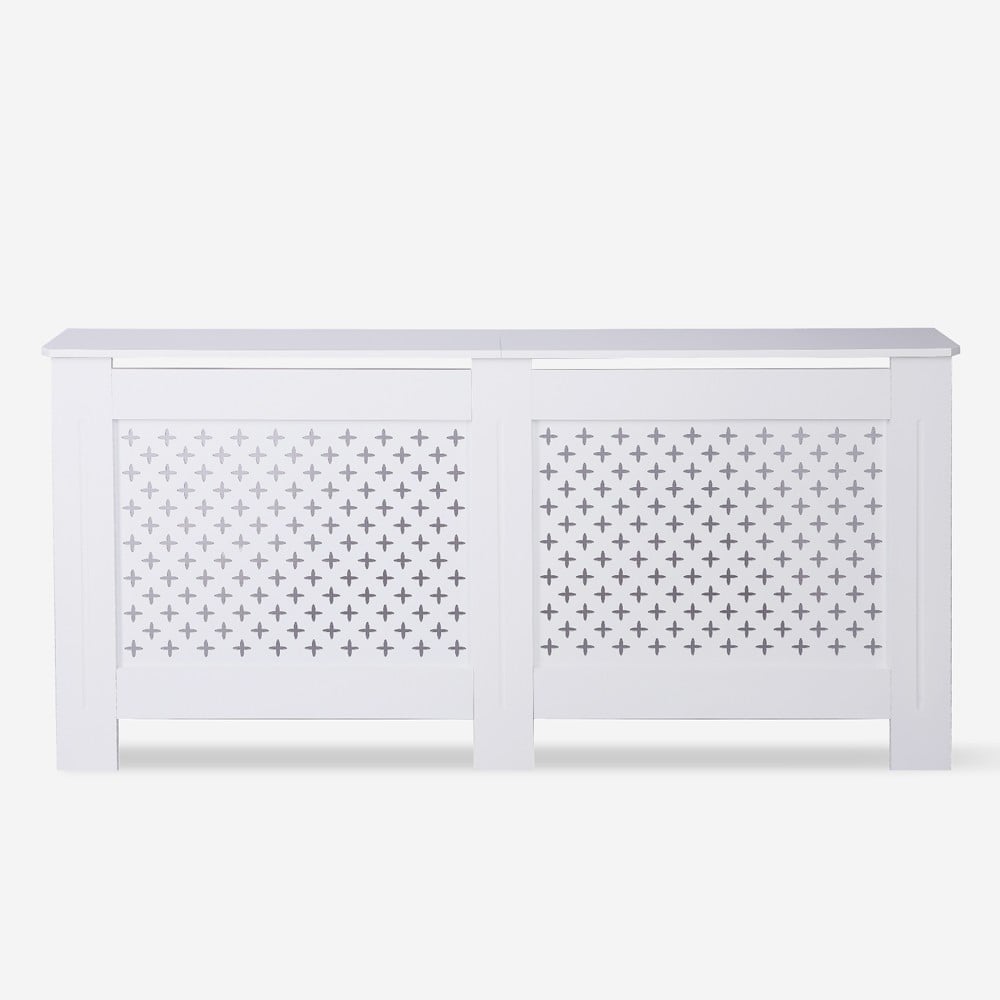
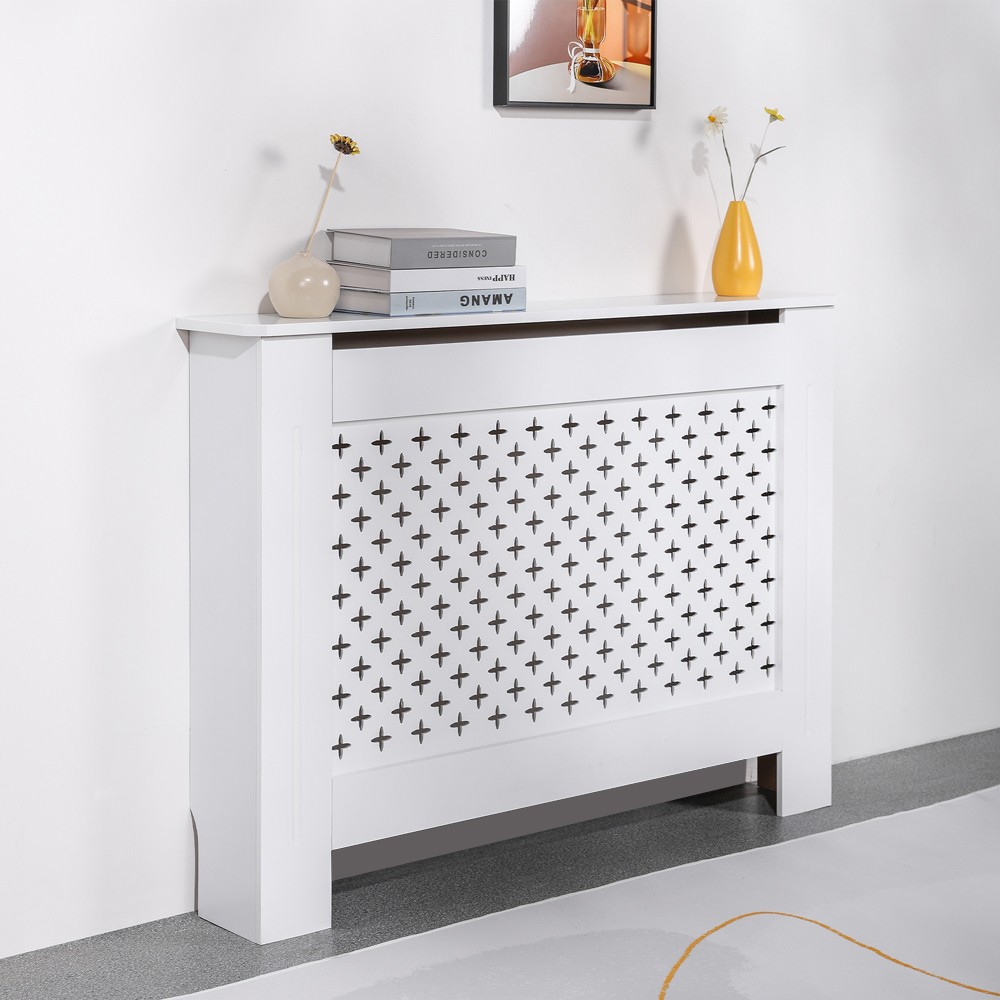
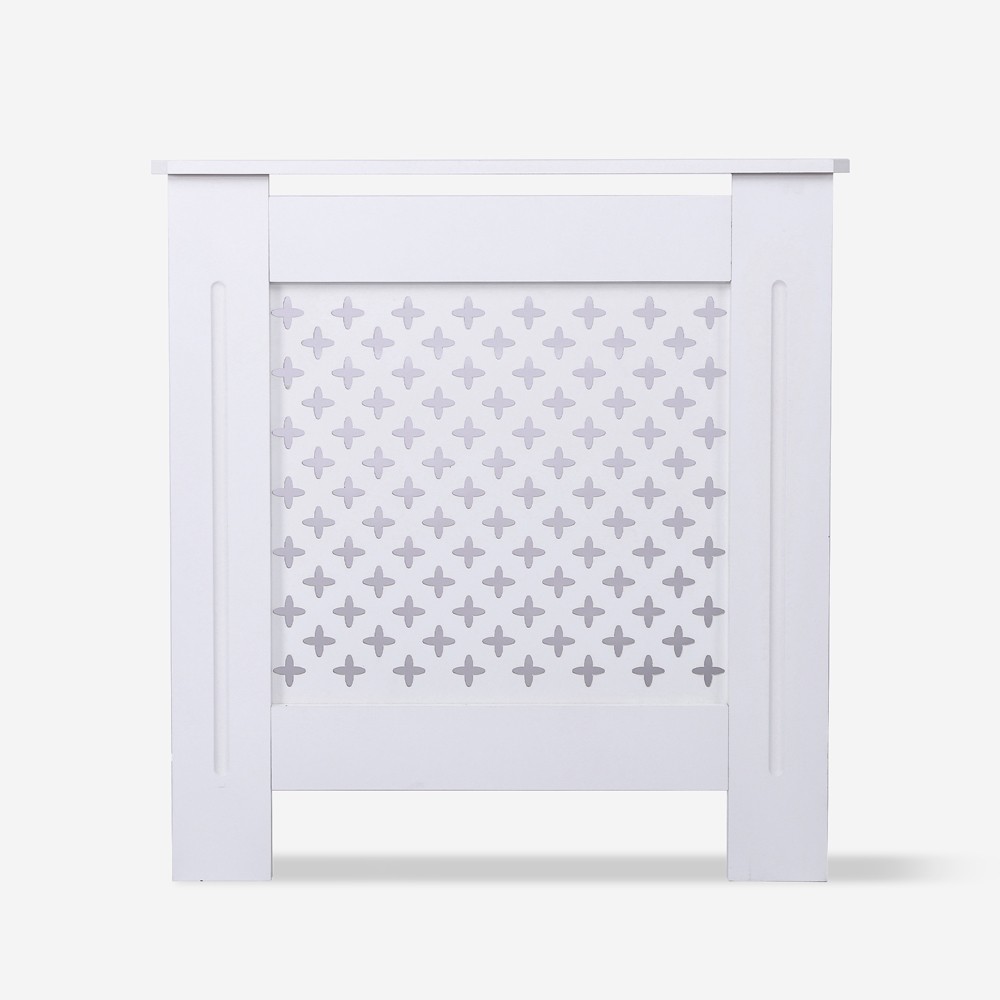
A functional and harmonious furnishing project normally follows a principle; this may be dictated by practical needs, by mere aesthetic taste, or by something more structured and philosophical. We are talking about Feng Shui, the ancient Oriental art of reading and interpreting spaces and landscapes.
To see it as an exotic ancestor of interior design is a big mistake; it is a complex philosophy that encompasses several disciplines and knowledge, which has always been held in high regard (in China, for example, before constructing a building, the Feng Shui master is first questioned), and which requires study and commitment not only in learning it, but above all in living it.
In today’s article we want to explain it to you, trying to convey the passion for this eternal art, but not only; we will show you how ProduceShop has managed to offer furnishing solutions perfectly in line with this school, harmonious and with a unique design.

What is it?
Feng Shui (in Chinese ideograms 風水, meaning “Sun and Wind”) is a philosophical system that originated in the Chinese and Tibetan areas more than 3000 years ago. First evidence of ordered environments built following its rules can in fact be dated to before 1000 B.C., in very ancient caves or huts.
This practice (or rather, this system of knowledge), seeks perfect harmony in the environment to be furnished, built or decorated, which does not only concern the aesthetic side; the basic assumption, in fact, is that everything is permeated by a flow of energy, and that this should be able to move easily and naturally in every corner of the house. Furniture and objects positioned incorrectly, the choice of orientations, colours and wrong lights, can put a ‘brake‘, hinder this energy; the task of feng shui is therefore to give the best indications to ‘order‘ one’s environment and oneself, to be able to live in harmony and make one’s home ‘breathe‘.
This is true for buildings to be created, for those under construction, but also for a house that we buy or rent; the important thing is always and only the application of the rules, even within the limits that we may find in a new house.
The basic principles
It would be long and complicated to summarise the entire Daoist canon, or even just everything that has been written and said about feng shui.
However, we can point out the 3 basic principles (and not only of feng shui), which animate, order and give reason to the discipline and rules:
- Qi: it is not easy to define Qi (in Chinese ideograms 氣, which represents steam rising from a pot of rice, hence flow, movement, transformation). To summarise, we can say that it is the energy, the spirit, the moving essence that moves and animates our body, but flows through everything;
- Yin e Yang:these two concepts (in Chinese ideograms 陰 and 陽, meaning the shady and sunny side of the hill), which can be summed up in the famous round, two-coloured taijitu, represent the meaning of duality, of balance between opposite and complementary principles. Thus feminine and masculine, wet and dry, black and white, shadow and light, negative and positive, north and south and so on;
- Bagua: literally ‘eight symbols‘ (in Chinese ideograms 八卦), is a map of energies, in octagonal form. It represents the trigrams of the I’ching and, by superimposing it on the plan of the house, relates the different energy flows giving indications on aspects of life to be favoured, cardinal points, colours, elements to be highlighted. It is subdivided as follows:
| Li (red) | Fire | Fortune | South |
| Kun (pink) | Earth | Family | South-West |
| Dui (white) | Lake | Creativity | i |
| Qian (grey) | Sky | Relations | West Relations |
| Kan (blue) | Water | Success | North |
| Gen (yellow) | Mountain | Knowledge | North-East |
| Zhen (dark green) | Thunder | Health | East |
| Xun (light green) | Wind | Wealth | Southeast |

Bounds to be respected
Although the indications for creating a feng shui home are many, and often change according to the sources, there are some stakes to be respected at all times (a bit like when we talk about armocromia); these are basic, starting points to keep in mind before starting to furnish with feng shui.
In addition to the three principles we have mentioned, we can mention these three characteristics to always keep in mind:
- shape and orientation: the shape and orientation of the house are basic. As we have seen when talking about the Bagua, precise rooms should face the right cardinal points to enhance their qualities. Also, the different rooms should be square, so as to encourage the flow of Qi in a linear manner;
- elements-materials-colors: the combination of different materials in the house and the furniture must also follow rules. Based on the 5 elements (earth, water, fire, metal, wood), try to match each of them with the right material, also linking it to the corresponding colour;
- water: this element deserves special mention because of its energetic qualities. Important both in and around the home, it represents a fluid and light means of movement for Qi, and encourages its movement. Having it also in one’s furniture in the form of fountains, aquariums, vases, therefore brings enormous benefits.
How to create a Feng Shui home? 7 tips for furnishing in harmony.
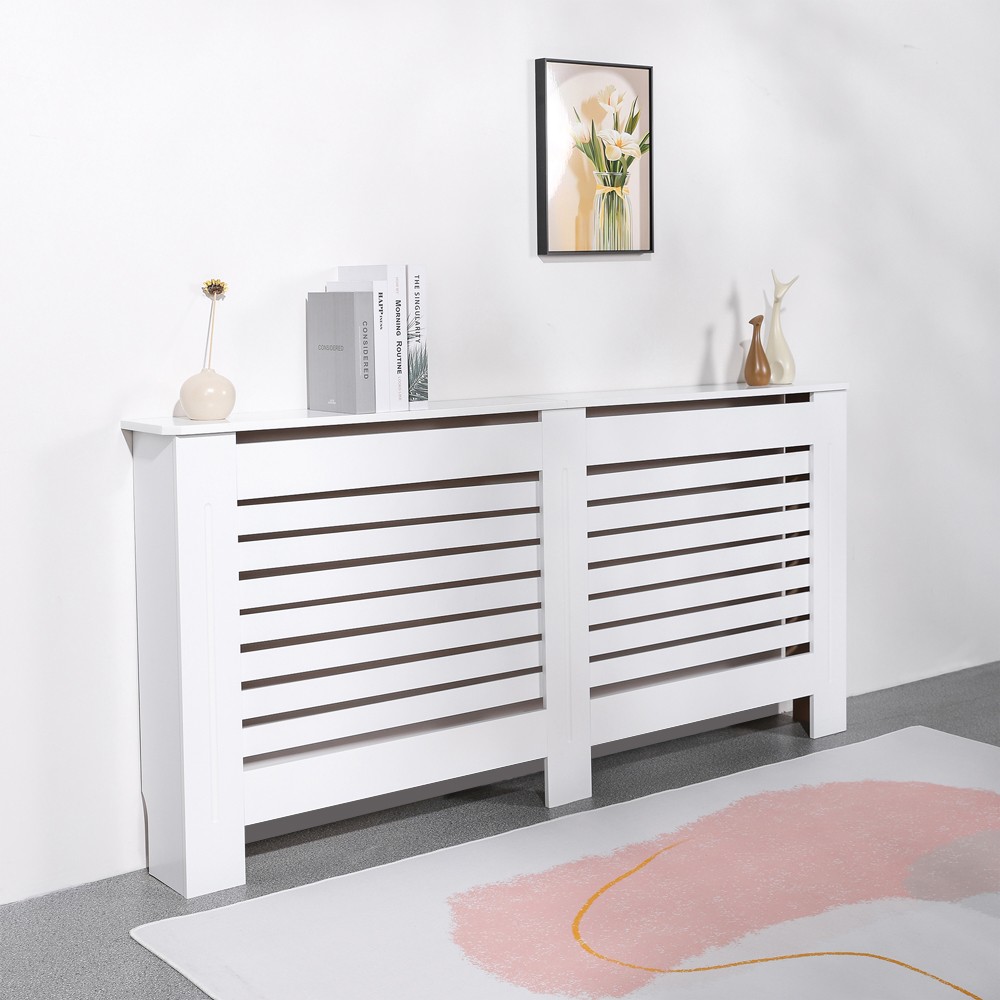



-
Getting rid of old things
Feng shui means first and foremost order, essentials and cleanliness. Get rid of anything you don’t need, old unused objects, extra furniture, knick-knacks not chosen by you and old clothes; in general, think that anything that could contain or convey negative energy must go, to make way for new vehicles for Qi that are in complete harmony with your furnishing and decoration project, as well as your life.

Wall Bookcase Modern Wood Design 6 Shelves Home Office Kato C Wood -
Pensare alla luce
While light is essential, and must be as natural and direct as possible, it must not be abused. Place curtains in soft, subtle colours in front of large windows so that you always have warm, soft lighting. Also, be careful where you place any lamps and chandeliers, trying not to get in the way or interrupt linear sequences of colour or decoration. Finally, remember to light the entrance well, also called the ‘mouth of Qi’: this is in fact the point in the house where Qi begins to circulate.
-
Pay attention to corners and edges
Corners and edges, in feng shui, usually carry negative influences; the edge represents aggression and threat, causes anxiety and discomfort, while the corner takes away energy. Therefore try to cover and shield corners with positive elements such as plants, lamps, decorations, possibly balancing their negative influence with the appropriate materials.
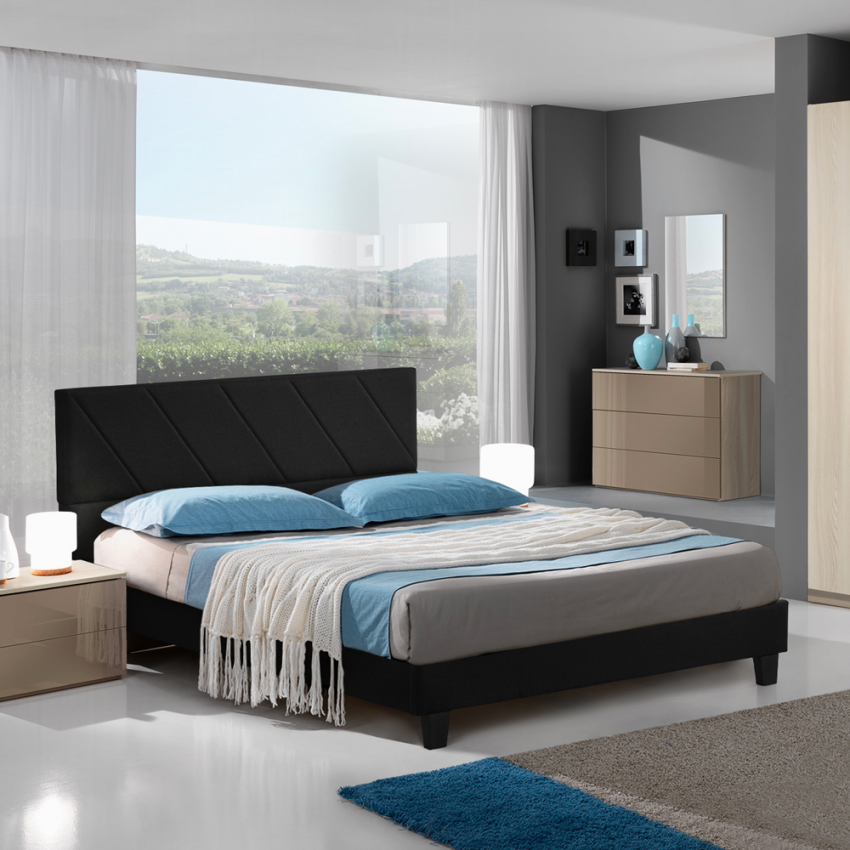
Fabric Slatted 2 Double Bed 160x190cm Olten -
Don’t forget doors..
The door in feng shui represents the voice, communication, and is the means through which Qi flows into the various rooms. They must therefore be in a convenient spot on the wall, possibly after a 90° angle, and be able to open to the same extent. In addition, they must make sure that any furniture in the room is looking at them from a dominant position; this means opposite, but facing them, so as to favour the exchange of positive and negative energies, and prevent surprises or intrusions with the right reaction time.
-
.. and stairs
Just like doors, stairs also represent a passageway, and therefore a means for Qi to move around the house. Ideally, you should have them in a corner (shielding the negative influence), ideally in front of doors and passageways, never spiral. If in front of the entrance, try to create as much free space as possible between the staircase and the door, so as not to immediately and insistently divert the positive energies upwards.
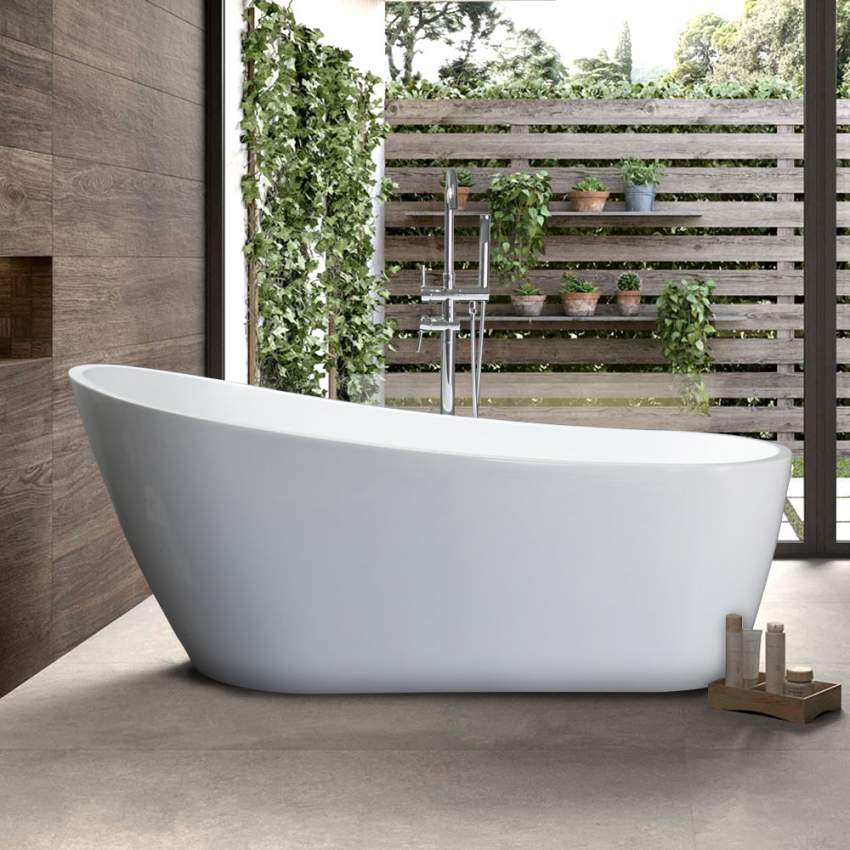
Freestanding Bathtub With High Back Design Liberty Malta -
Think carefully about the shapes of objects
As a general rule, favour harmonious shapes as much as possible; while this is easy with some living room and bedroom furniture such as sofas, armchairs, chairs and beds, for other furniture the difficulty is greater. A focus on the table: representing conviviality and togetherness, choose it by taking care of the shape, according to ambience and purpose; round disperses, rectangular alienates, square unites and brings together.
-
Don’t ignore mirrors and their function
Mirrors cause Qi rebounding, so it is wise not to abuse them, and not to place them in awkward positions. While above the bathroom sink is certainly recommended, avoid them in the bedroom, and generally around areas where you sleep and relax; the negative energies that you release with rest, in fact, risk bouncing off the surface of the mirror, preventing you from getting rid of them properly.

Japanese Style Wall Clock Modern Design Fish Koi
Harmony, order, positive energy flow: these are the essential rules for creating a Feng Shui home. ProduceShop gives you the pointers, and also offers you the best furniture solutions to create the best environment in which to balance your Qi.


